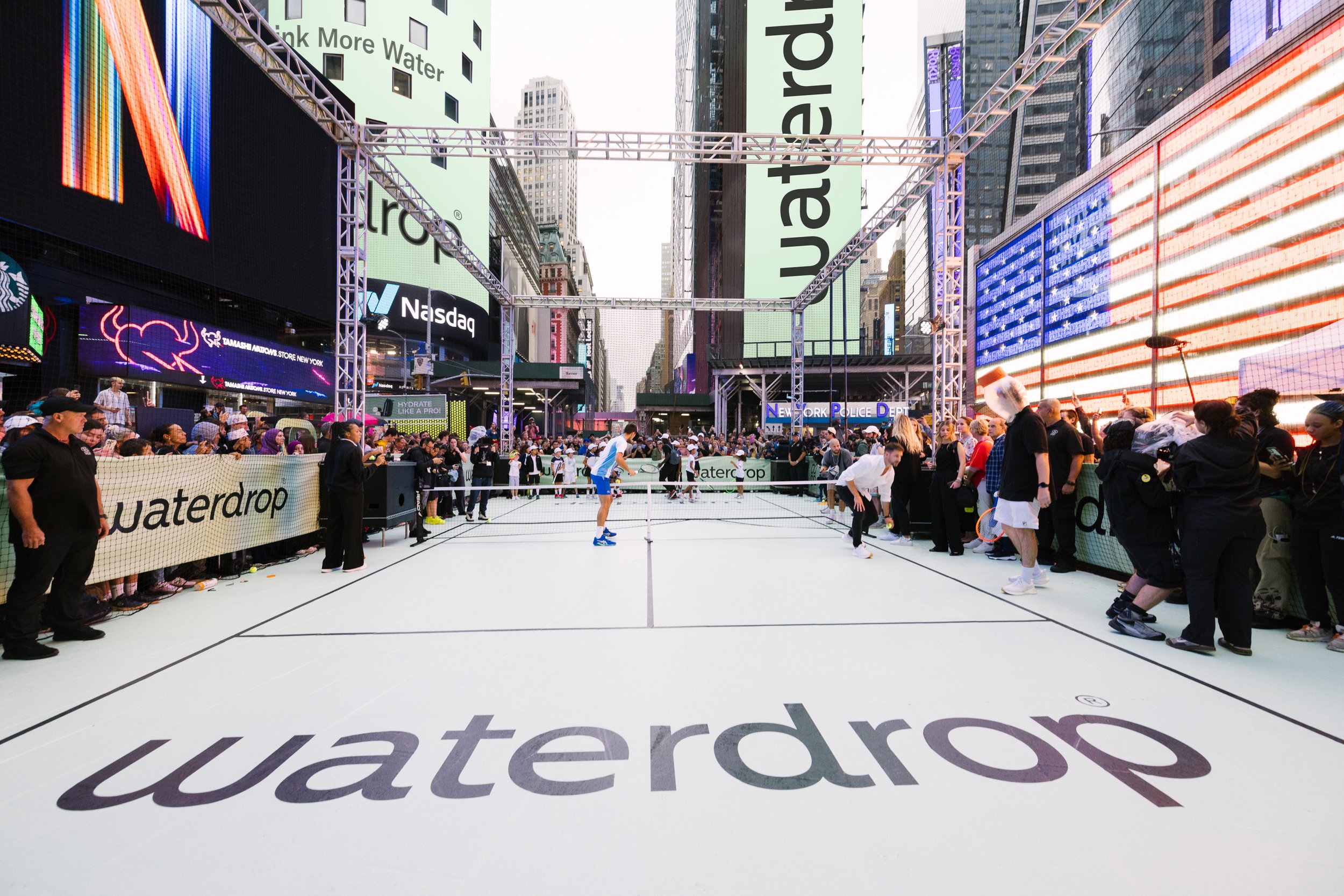Selecting the Optimal Pixel Spacing for Optimal LED Display Performance
Selecting the Optimal Pixel Spacing for Optimal LED Display Performance
Blog Article

When it pertains to LED walls, a key important factors to consider is dot pitch. Dot pitch is defined as the distance between the centers of two neighboring pixels on an LED display. This metric is commonly expressed in mm. Understanding pixel pitch is crucial because it directly influences the clarity and sharpness of the images displayed. A reduced pixel pitch indicates that the pixels are nearer together, leading to a higher resolution, while a bigger pixel pitch results in a lower resolution. Thus, selecting the right pixel pitch is essential for obtaining peak LED wall functionality.
The choice of pixel pitch often is influenced by the viewing distance. For example, if the light-emitting diode wall is intended to be seen from a further away, a larger pixel pitch may be suitable. This is due to the fact that the human eye cannot readily distinguish individual pixels when they are more distant away. On the contrary hand, if the wall will be viewed up close, a smaller pixel pitch is needed. In situations such as inside events, where viewers are typically nearer to the screen, a reduced pixel pitch will provide a sharper and clearer image. Therefore, understanding how viewing distance impacts pixel pitch is key to making an informed choice.
Another crucial factor is the planned use of the LED wall. Different applications, such as advertising, concerts, or conference presentations, may necessitate varied pixel pitches. For instance, an LED wall used for advertising in a shopping center may benefit from a pixel pitch that facilitates vibrant colors and elevated detail so that it grabs the attention of passing shoppers. Conversely, an outdoor LED wall used at a concert may prioritize brightness and visibility over resolution, permitting for a bigger pixel pitch. Thus, the specific context in which an LED wall will be used is vital for determining the appropriate pixel pitch.
Cost is also a major factor when choosing pixel pitch. Typically, LED displays with smaller pixel pitches tend to be more expensive due to the increased density of pixels and the advanced technology needed for manufacturing. While it may be tempting to choose a high-resolution display with a small pixel pitch, financial constraints frequently necessitate a balance between quality and cost. Organizations should assess their needs and determine how much they are willing to spend in an light-emitting diode wall, ensuring that the pixel pitch aligns with their financial capabilities while still satisfying functional expectations.
Finally, it is essential to take into account the maintenance and longevity of the light-emitting diode wall when selecting pixel pitch. Displays with smaller pixel pitches can sometimes be more fragile and may need more careful handling and go to this web-site maintenance. Regular upkeep is necessary to ensure that the display functions optimally over time. Knowing the maintenance needs and potential challenges associated with varied pixel pitches can help organizations make a more informed decision. By considering all these factors, including sight distance, intended use, cost, and maintenance, individuals can choose the ideal pixel pitch for peak LED wall performance.